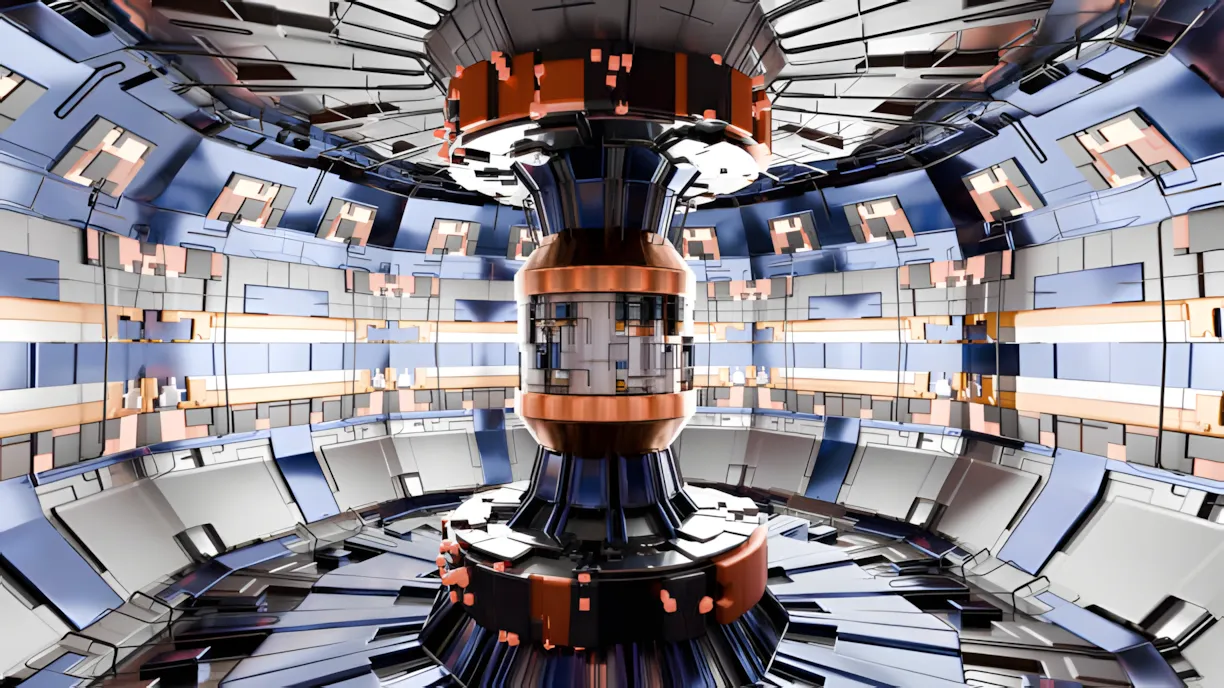Researchers from the University of Sheffield and the University of Glasgow have developed a detector that detects and analyzes antimatter, emitted by nuclear reactors. This detector can characterize the energy profiles of antimatter at distances of many miles, providing a way to monitor the activity of nuclear reactors.
Neutrinos are neutral elementary particles with a mass close to zero, and antimatter is their antiparticle, often formed during nuclear reactions. Capturing these antiparticles and analyzing their energy levels provides information about everything from the reactor's operating cycle to specific isotopes in spent fuel.
The detector group utilizes Cherenkov radiation, a phenomenon where radiation is emitted when charged particles pass through a specific medium, similar to sound waves hitting a barrier. This is also responsible for the blue glow of nuclear reactors and has been used for detecting neutrinos in astrophysical laboratories.
The researchers proposed building a device in the northeast of England and detecting antimatter from reactors across the entire United Kingdom, as well as northern France. However, one of the challenges is that antimatter from upper atmospheric layers and space can distort the signal, especially considering that very distant reactors generate extremely weak signals – sometimes only one antimatter particle per day.
To address this issue, the group proposed placing their detector in a mine at a depth of more than 1 kilometer underground. "The separation of these particles is also a significant analytical challenge, and measuring the energy spectrum can take an impractically long time. In many ways, what surprised me most is that it is not actually impossible," said researcher Stephen Wilson.
Wilson hopes that the detector will serve as a catalyst for further discussion on how to use antimatter for monitoring reactors, including measuring the spectrum of antimatter from spent nuclear fuel or developing smaller detectors for use closer to the reactors.












